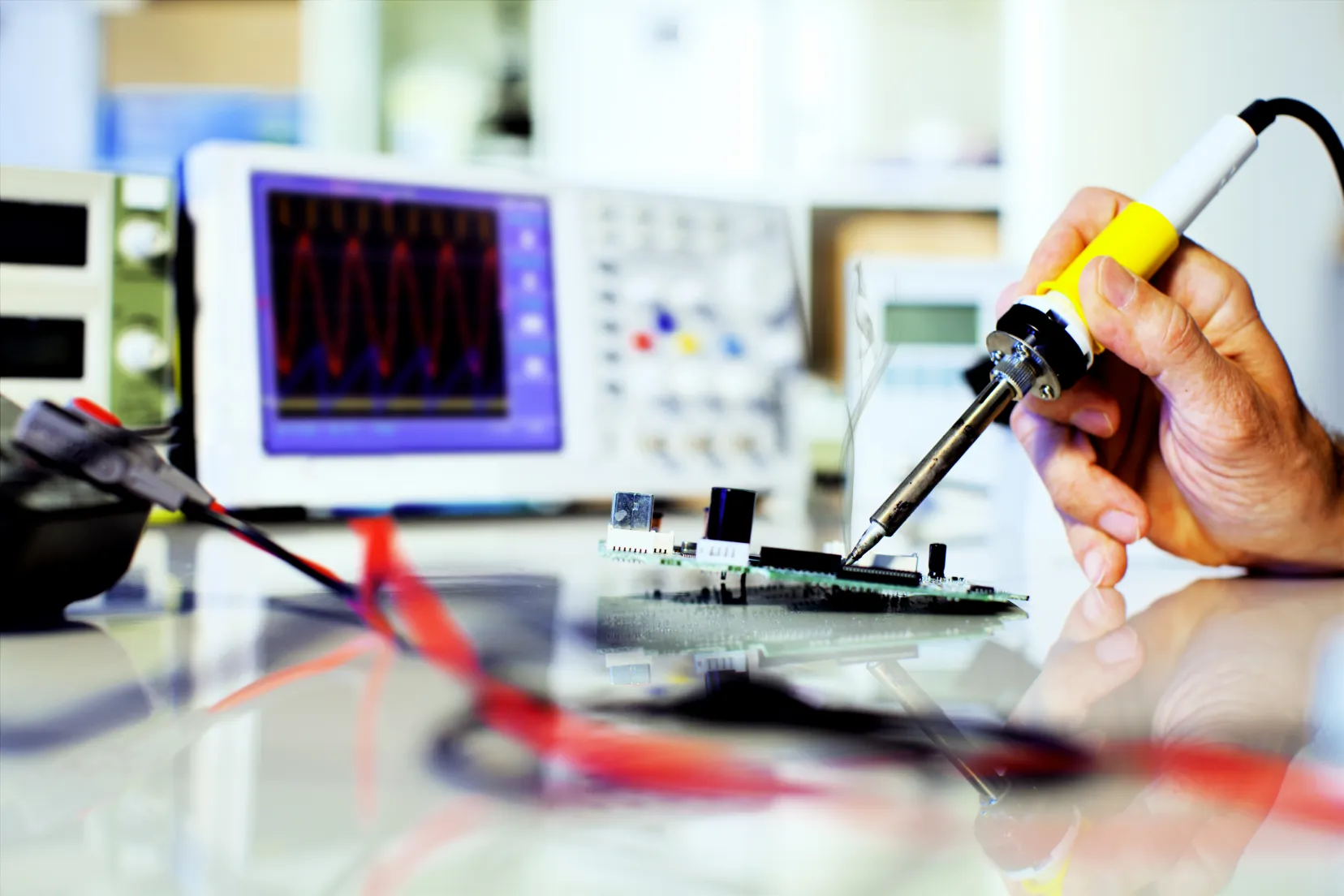- SZTAKI
- Innovation
- Mission
Innovation Policy
The main direction of the institute’s activity is research in cyber-physical systems (CPS) that constitutes the framework of, and brings the activities pursued here, into the current mainstream of international research. Its laboratories (such as the i4D intelligent space, the system control, the SmartFactory, the cloud computing and the cooperative cyber-physical research laboratories) have been created in line with this end and as a result, new interactions between theory and practical engineering work are being born here.
CPS are computational structures that are strongly linked with the surrounding physical world and the physical processes therein while providing and, making an intensive use of, the internet based services for data access and data processing. The application areas of CPS are already diverse and continue to rapidly evolve: they include inter alia autonomous land and aerial vehicles, robot-assisted surgery, smart buildings, smart power grids, smart manufacturing and implanted smart medical tools, and this listing could be continued onwards. Cyber-physical solutions may lead to the emergence of “intelligent” cities as well as that of smart production, transportation, logistics and energy management, thus they may contribute to creating a higher level of quality of life. As a reflection on this latter aspect, the term 'cyber-physical society' has been created as a reference to the integration of not only the physical and cybernetic spaces, but the human, societal and cultural spheres, too. According to the German Federal Ministry of Education and Research (BMBF), cyber-physical production systems (CPPS) can be expected to pave the way to the 4th Industrial Revolution, often referred to as Industry 4.0.
As a result of the new sensor and human-machine interface technologies, a special computational and sensor based environment focusing on the human being is arising where the adaptation of the human actors to the production tools is being replaced by the automated adaptation of the tools to human activity. In this new technological environment the limits of human perception and memory are thus extended and they get integrated into the new provisions of the digital space.
Expectations towards the cyber-physical systems are already enormous and are growing speedily, in parallel with the appearance of the new technologies, such as robustness, self-organisation, adaptive situational awareness, transparency, predictability, efficiency, inter-operability, and support for global monitoring, to mention only the most important fields. Indeed, while notable advances have been made in areas such as cooperative control, multi-agent systems, complex adaptive systems, emergent systems, sensor networks, data mining and so on, they have reinforced the expectations of further progress, thus strengthening the demand for continuous research and development.
